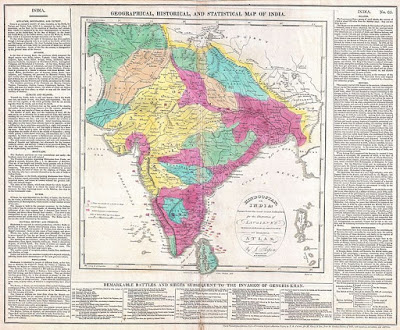Once they reached Hastinapura, Duryodhana went to see his father, the king. He described the great hall of the Pandavas in vivid detail to his blind father. After listing every minutes characteristic of the hall in Indraprastha, Duryodhana whined, cried, begged and demanded to have his own great hall built. The king reluctantly agreed, but told Duryodhana that he would be in charge of the entire project, from start to finish.
Duryodhana wasted no time in getting started. He summoned all of the best builders in Hastinapura to a meeting at once. After the last builder arrived, Duryodhana started his presentation over what was going to be built. It was going to be a magnificent hall, greater than any the world had ever seen. Certainly way better than what the Pandavas had. The builder were very excited to have a part in building something so grand. The excitement soon wore off once Duryodhana informed them of their three month deadline. "That's impossible!" shouted one of the most famous builders in the city, "It will take at least two years." Duryodhana was having none of it, however, and demanded the hall be started on immediately.
At the end of three months, Duryodhana sent a messenger to invite the Pandavas to view his great hall. He could only imagine seeing the looks of jealousy on their faces when they saw how much better his hall was than theirs.
The Pandavas arrived and Duryodhana wasted no time in taking them to see his hall. They began walking toward and the Pandavas were in shock of its beauty. Duryodhana could hardly contain his excitement. As they drew near, a single bird came to rest on the top of the hall. It perched for only a moment, when suddenly, the entire building collapsed. Duryodhana stood there, stunned in disbelief, while the Pandavas burst out in laughter.
Duryodhana Speaking to Dhritarashtra
Image Author: Ramanarayanadatta astri
Image Source: Wikimedia Commons
Author's Note:
In the original story, Duryodhana complains to his uncle Sakuni about how great the Pandavas hall was on their trip home from a visit. Duryodhana convinces his father to build him an even better hall that would be used for a dice game between Sakuni and Yudhishthira. In my story, Duryodhana's impatience leads to corners being cut during the building phase. The hall collapses and Duryodhana is embarrassed in front of his cousins yet again.
Bibliography. The Mahabharata: A Shortened Modern Prose Version of the Indian Epic by R. K. Narayan. Web Source.














